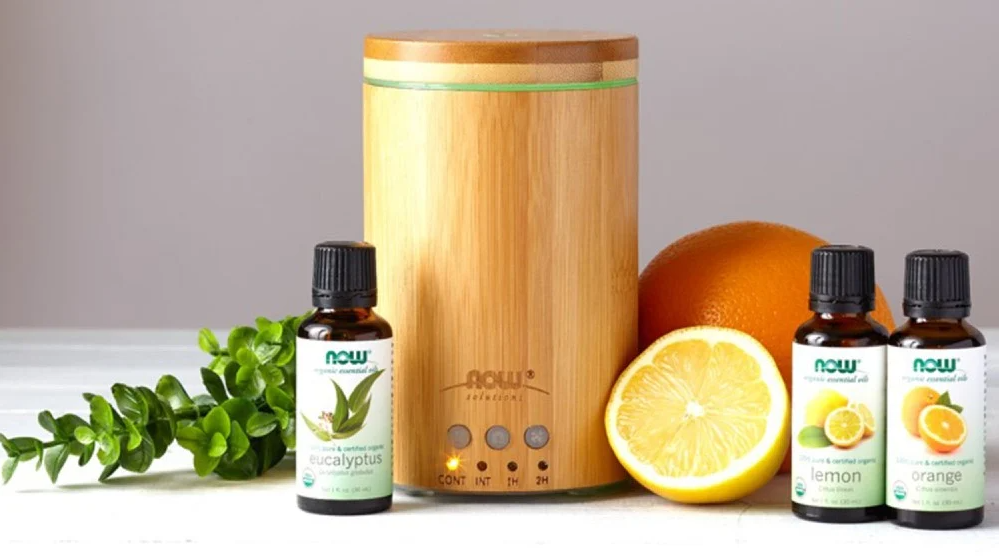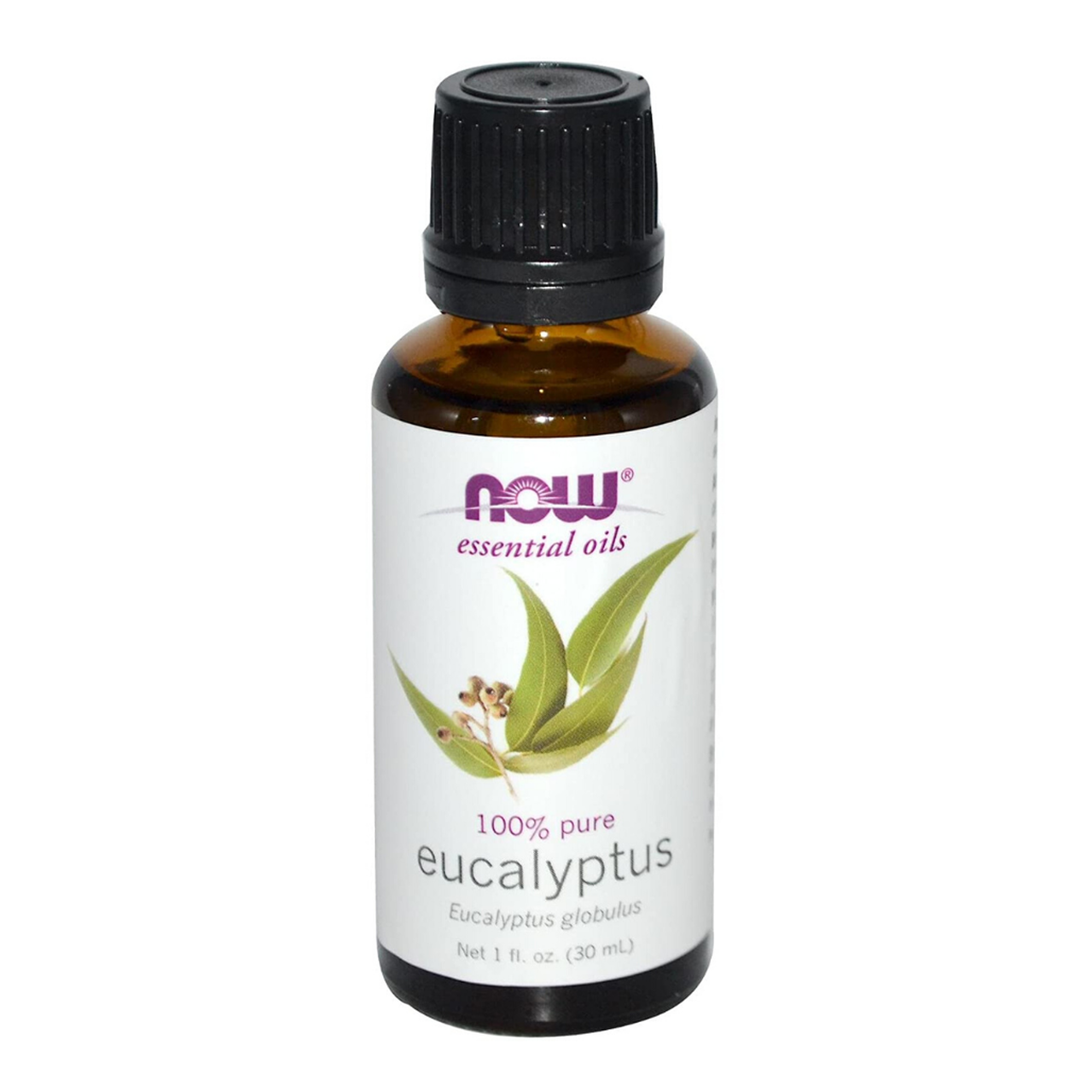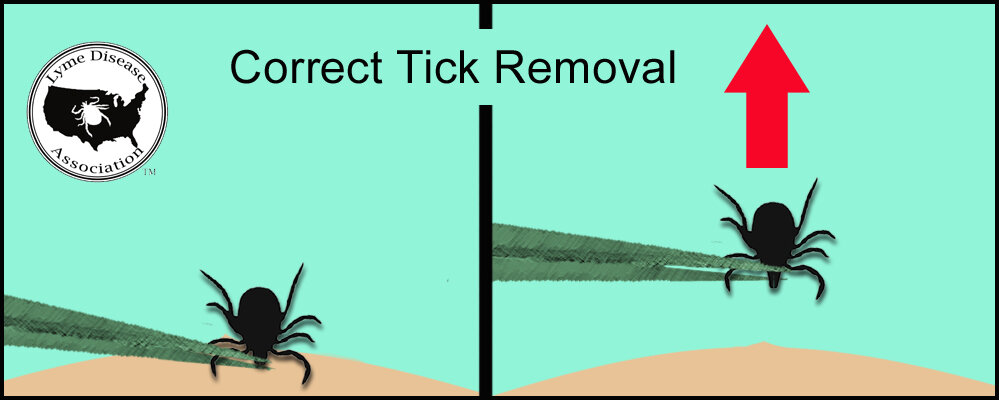We have a line of essential oils by Simplers Botanicals that we're super excited about. Part of why I love them is that they have the largest selection of USDA certified organic oils of any other brand available anywhere.
I’ve been working to get this brand into the store for ages, but our distributor for a long time could never get display racks; well, we finally got our hands on some and starting in April we will have the Simplers Botanicals oils available.
The main reason that I was so excited to carry them in the store is that they seriously smell amazing. Amazing. The majority of the oils I have in my home and use on a regular basis are by NOW or Aura Cacia, and I do think those brands have great oils, I have nothing bad to say about them. I do, however, have a few precious bottles of the Simplers Botanicals organic oils and have to say, that I think they are the best oils I’ve ever smelled. For example, their lavender and sweet orange oils (two of my favorites) have to be smelled to be believed, they smell absolutely wonderful.
We have fourteen new single oils by Simplers that we’ve started with to carry in the store (we can special order anything from their full line however) and eleven blends, and all but three are USDA certified organic, as it is not available in a non-organic source (even their non-organic oils are wild crafted and ethically harvested).
Simplers is very careful about where it supplies its oils from, using only the best artesian distillers around the world. See this article on the Simplers Botanicals website for more information on their sources used around the world.
With being such high-quality oils- and I would truly venture to say that there isn’t a better quality of essential oil made by another company available anywhere- one may expect that they would be prohibitively expensive, but that isn’t the case. As many essential oil aficionados know, not all oils cost the same.
To make some of their more expensive, 100% pure essential oils more affordable, they are sold in smaller quantities; for example, their incredibly fragrant Moroccan blue chamomile oil is packaged in a smaller, 2ml quantity, to be able to be sold at a more reasonable price. So this month, I would very much recommend stopping by to sniff these amazing new oils (we have testers of each available), I think you’ll love them, I know I do!
Currently, we have the following essential oils by Simplers Botanicals available in the store.
All are 100% pure and undiluted by carrier oils. These are all true “therapeutic grade” essential oils.
Bergamot Oil (Certified Organic)
Clove Bud Oil (Certified Organic)
Eucalyptus Globulus Oil (Certified Organic)
Frankincense Oil
Geranium Oil (Certified Organic)
Lavender Oil (Certified Organic)
Lemon Oil (Certified Organic)
Orange, Sweet Oil (Certified Organic)
Patchouli Oil
Peppermint Oil (Certified Organic)
Rose Absolute Oil
Sandalwood, Australian Oil (Certified Organic)
Tea Tree Oil (Certified Organic)
Turmeric Oil (Certified Organic)
Essential Oils Blends
Blissful and Bright Oil (Certified Organic Oil Blend)
Breathe Here Now Oil (Certified Organic Oil Blend)
Calm Within Oil (Certified Organic Oil Blend)
Deep Restful Sleep Oil (Certified Organic Oil Blend)
Detox and Renew Oil (Certified Organic Oil Blend)
Focused and Aware Oil (Certified Organic Oil Blend)
Fortify and Protect (Certified Organic Oil Blend)
Mind Body Meditation (Certified Organic Oil Blend)
Purify Air and Home (Certified Organic Oil Blend)
Women’s Rhythm and Flow (Certified Organic Oil Blend)
Sinus Oil (Certified Organic Oil Blend)

























